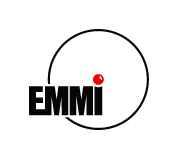Sprecher
Beschreibung
The first excited nuclear isomeric state of Thorium-229 exhibits a special position in the nuclear landscape as it possesses the lowest known excitation energy of all nulcear sates. With an energy of only about 8 eV it conceptually allows for nuclear laser spectroscopy and the development of a nuclear optical clock. Until the present day laser spectroscopy of Thorium-229 has not been achieved and several groups worldwide are aiming for this objective. In this presentation I will focus on the efforts torwards direct frequency comb spectroscopy of Thorium-229 at JILA in Boulder, CO. I will give an update on the current status of the experiment and discuss the most recent challenges and findings. In the end, I will provide a discussion about potential future investigations.

